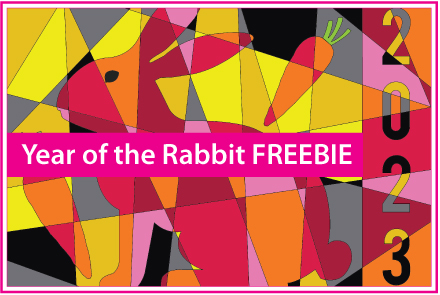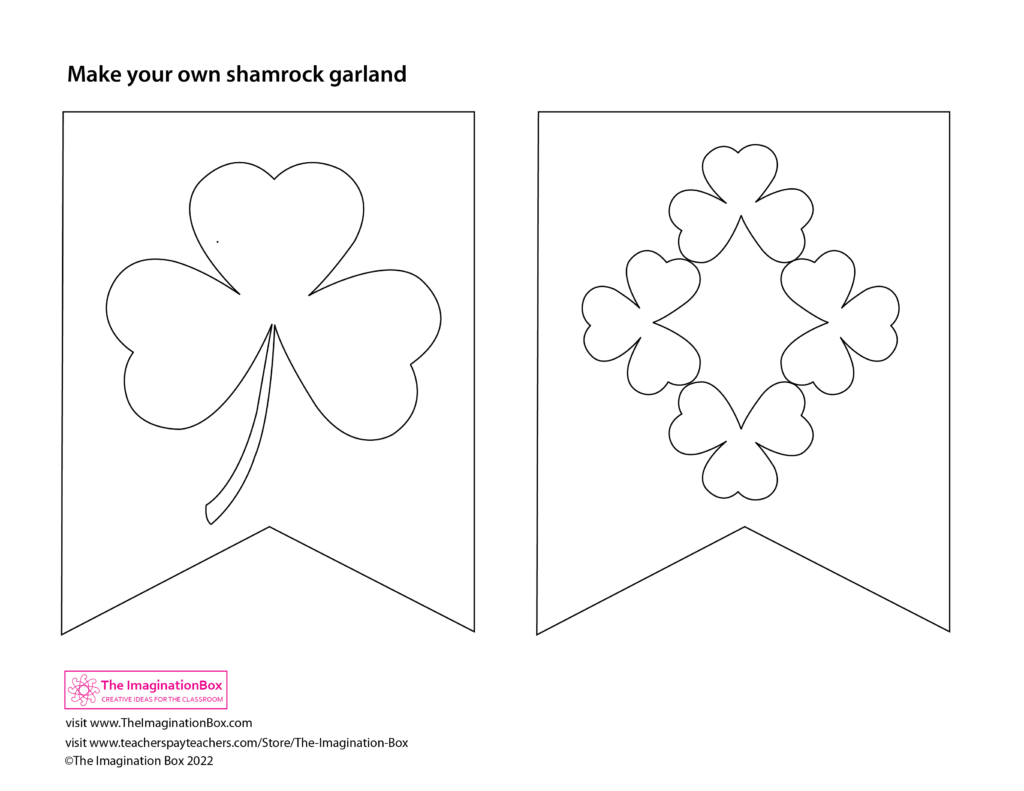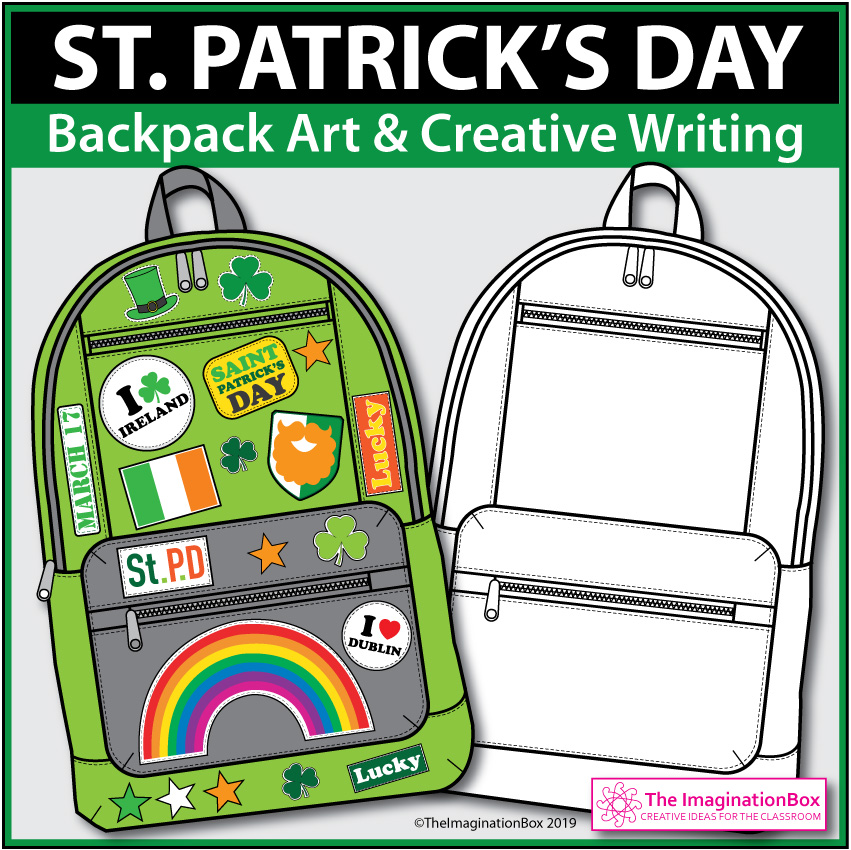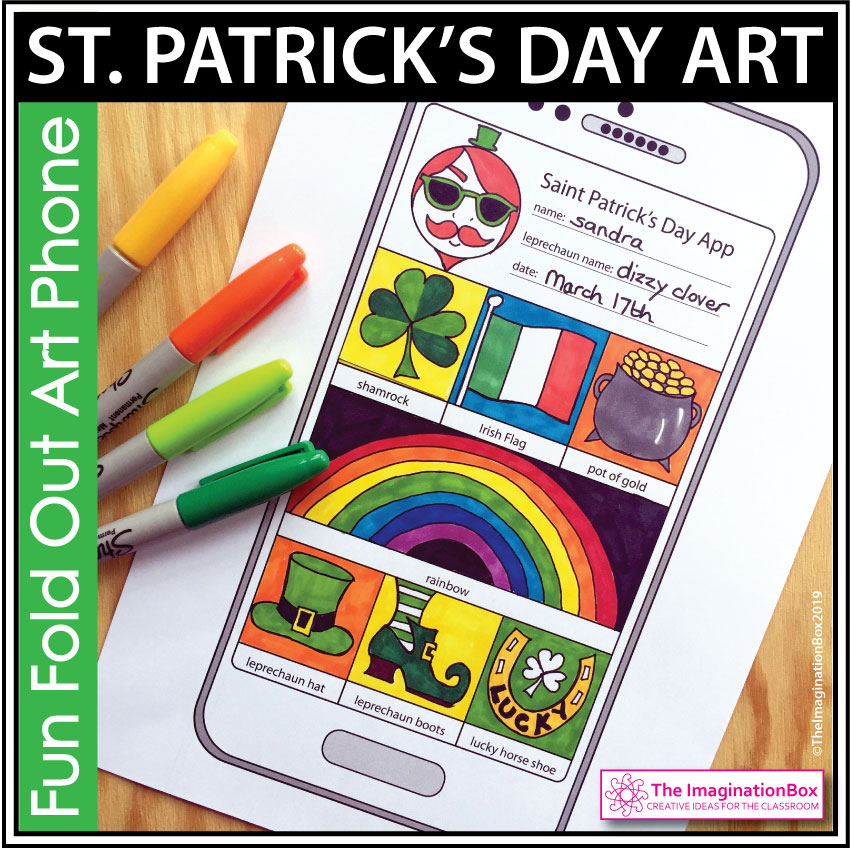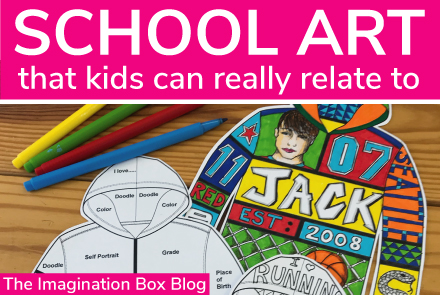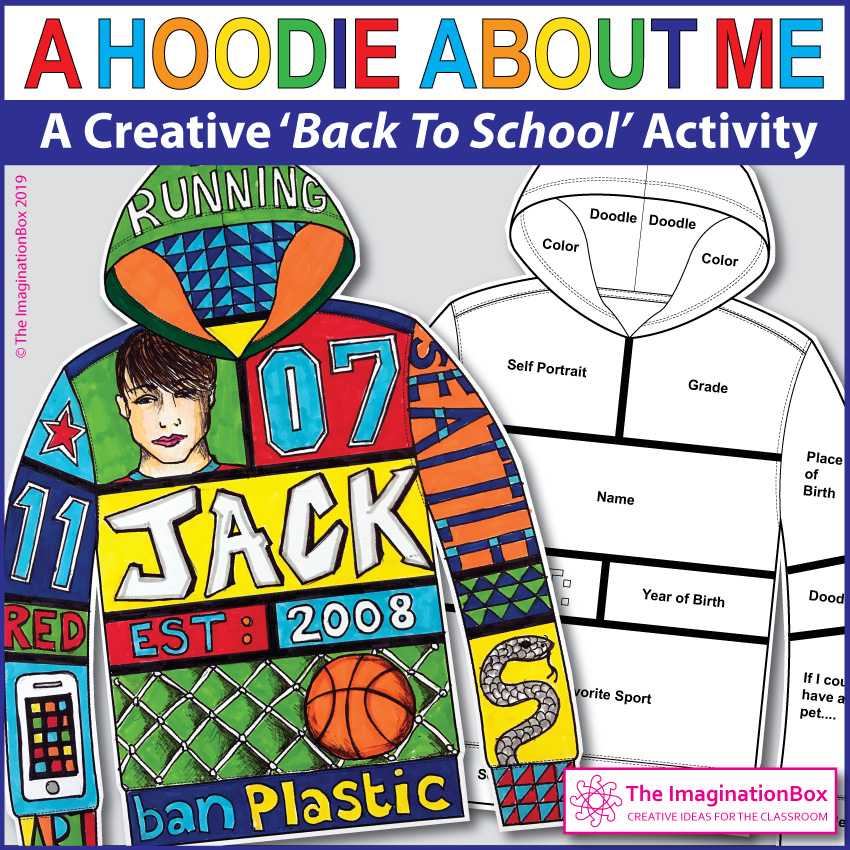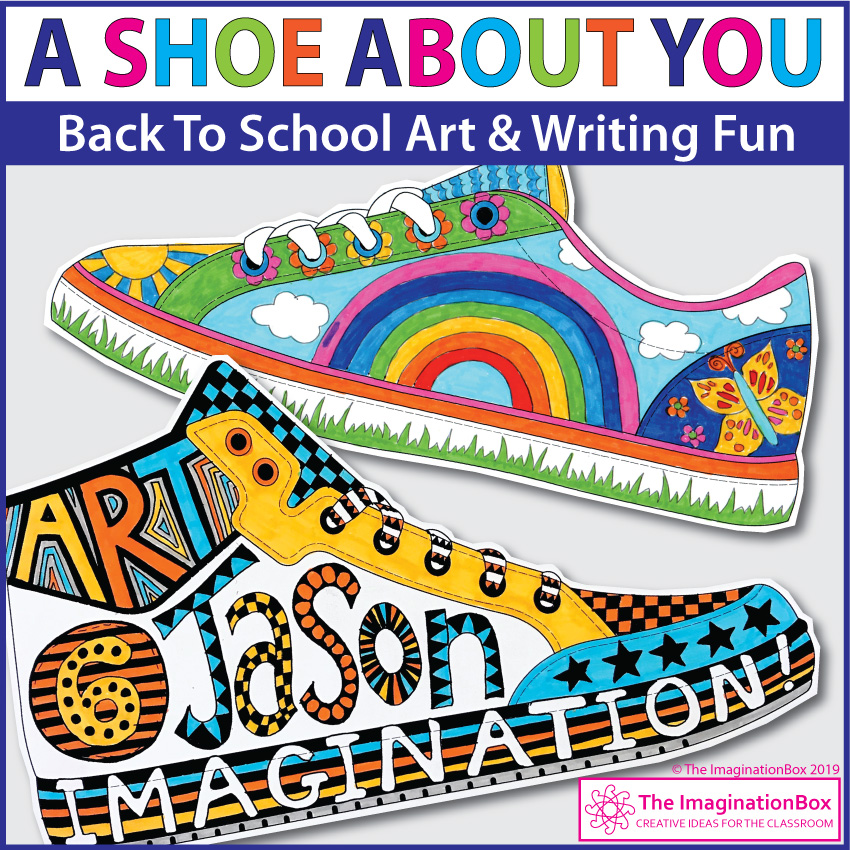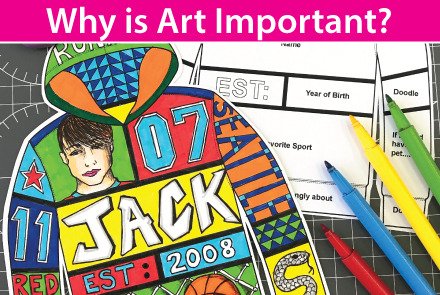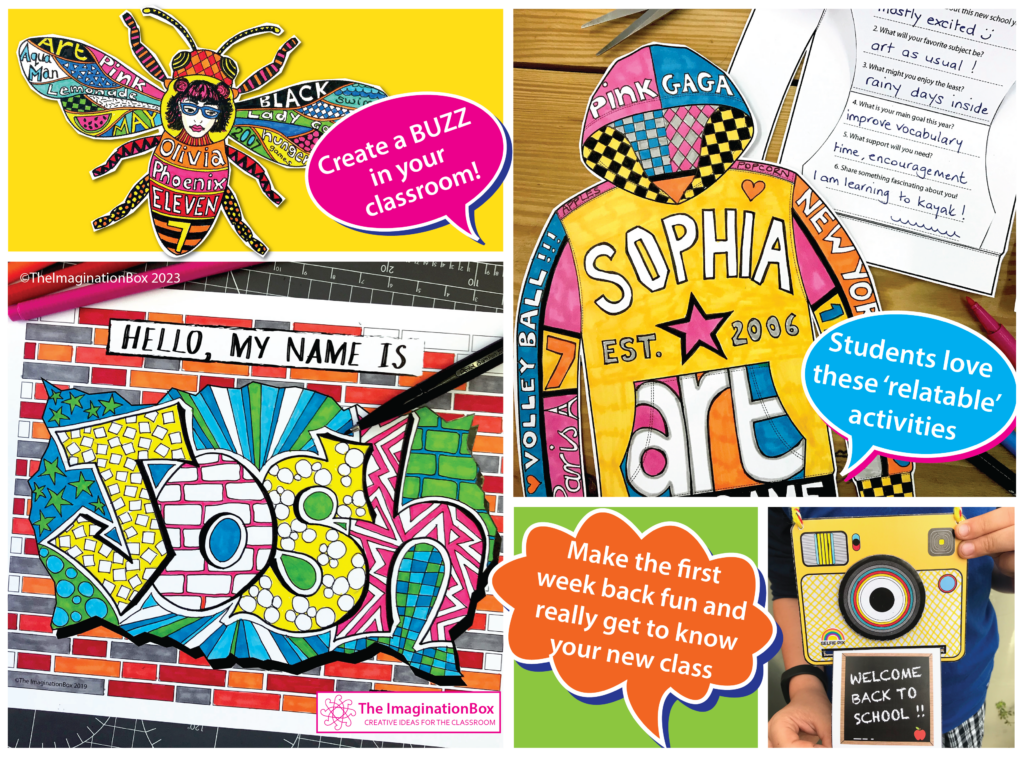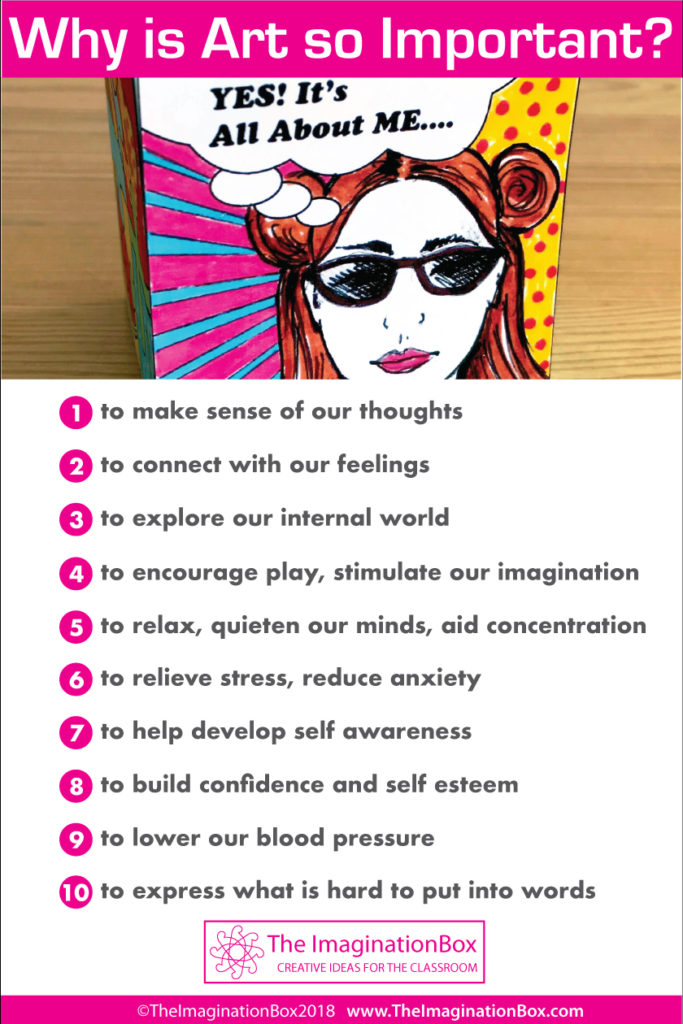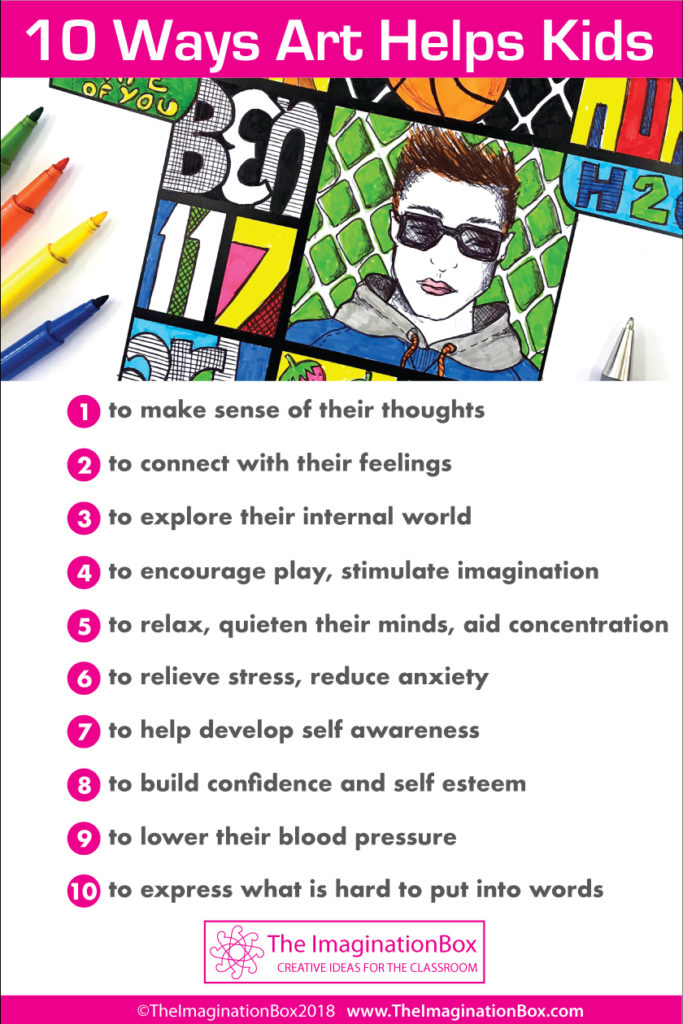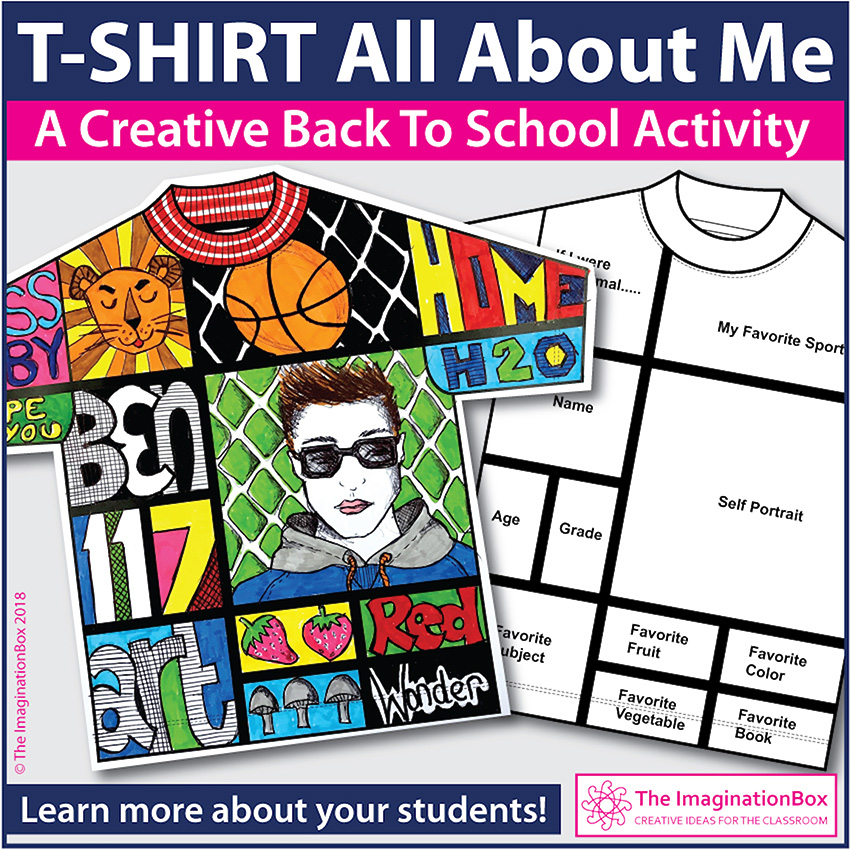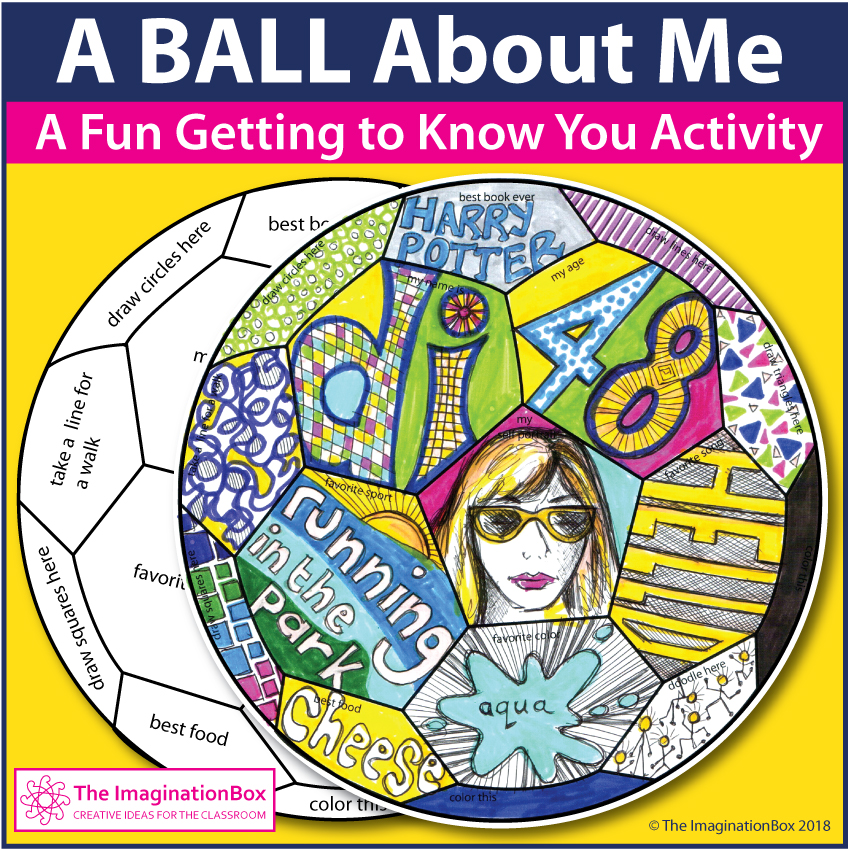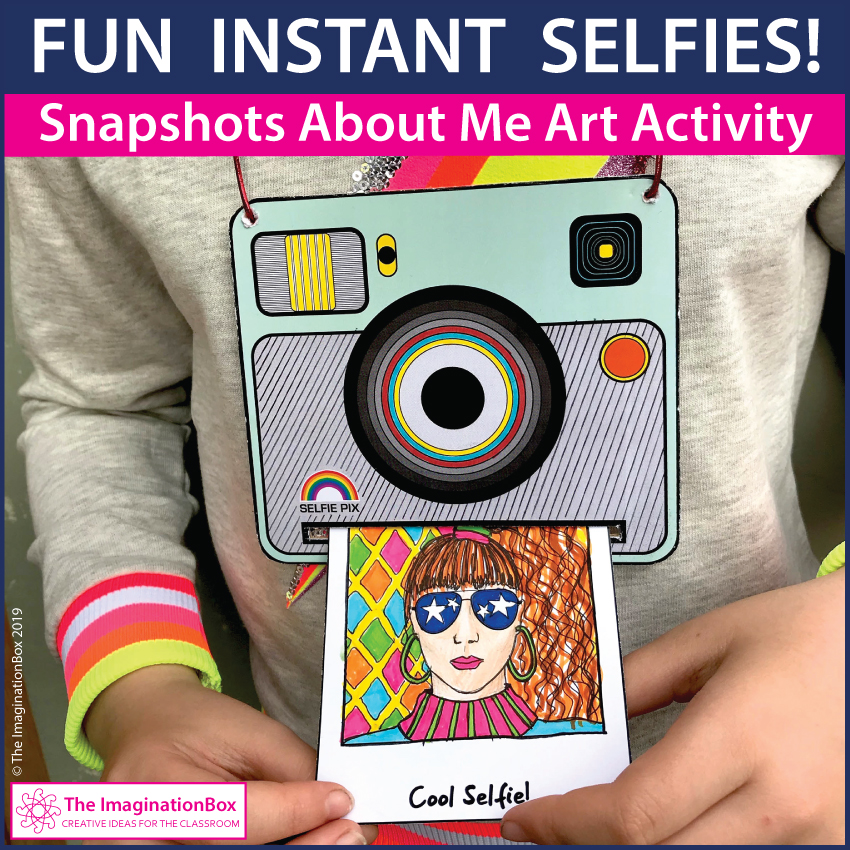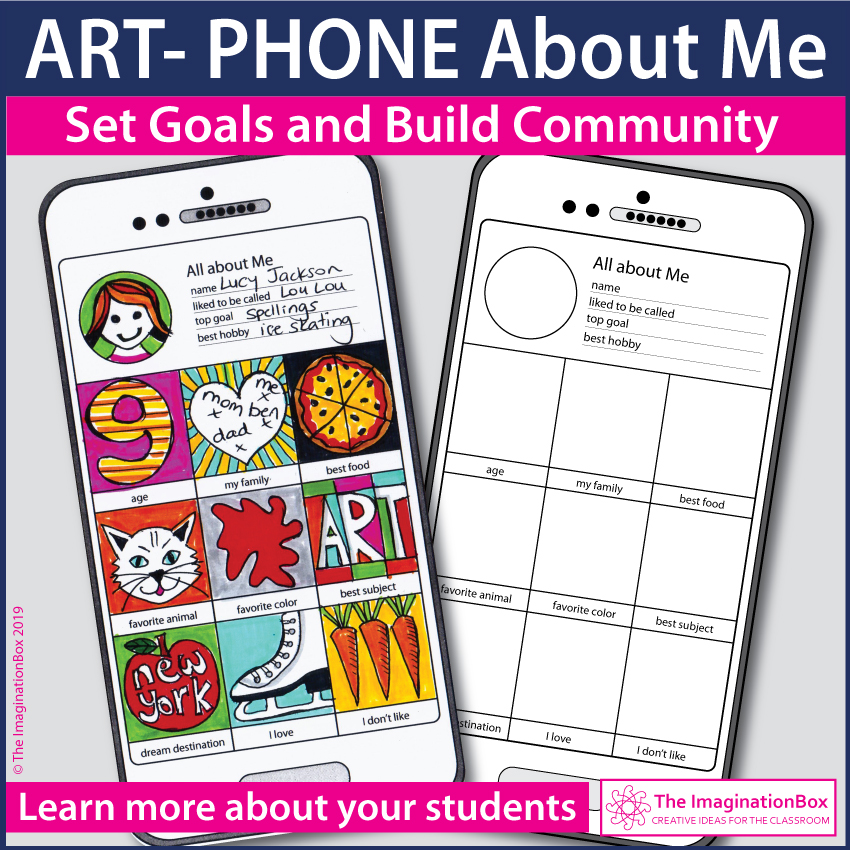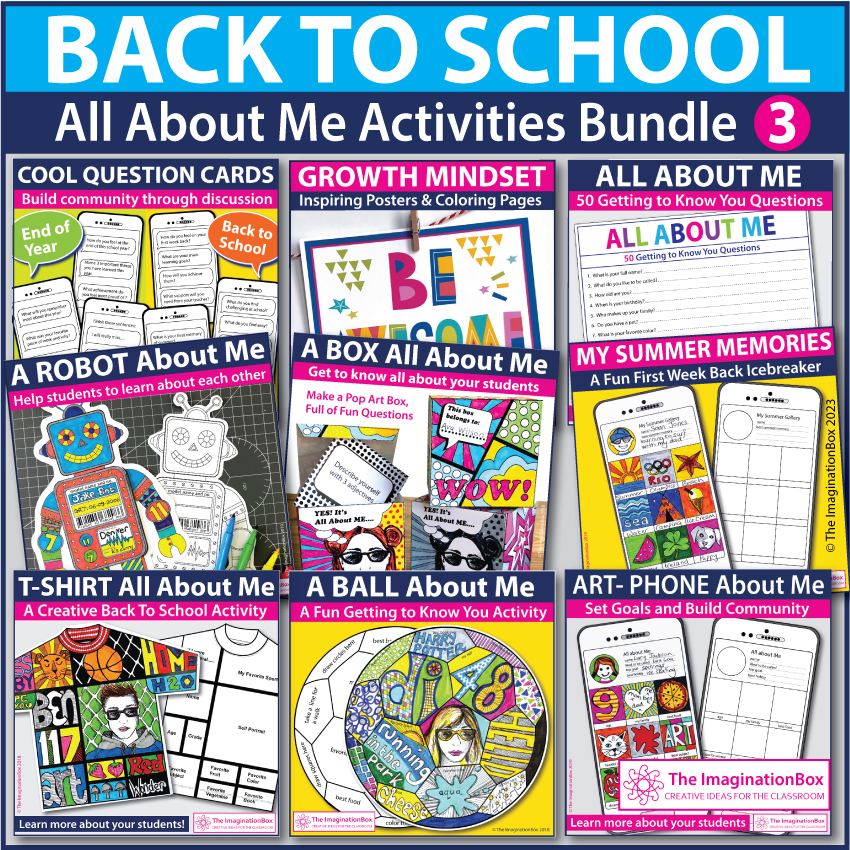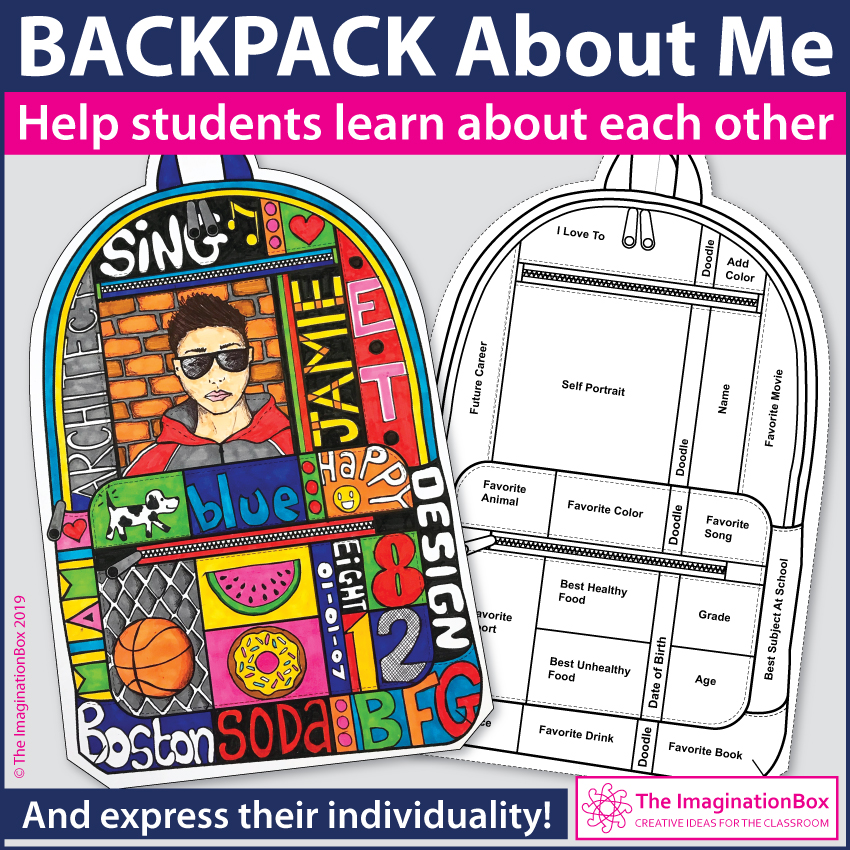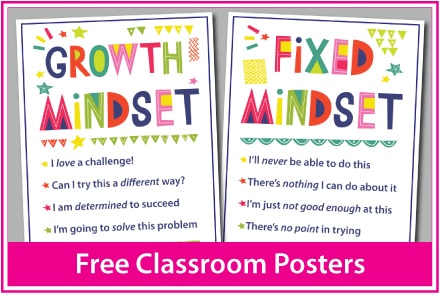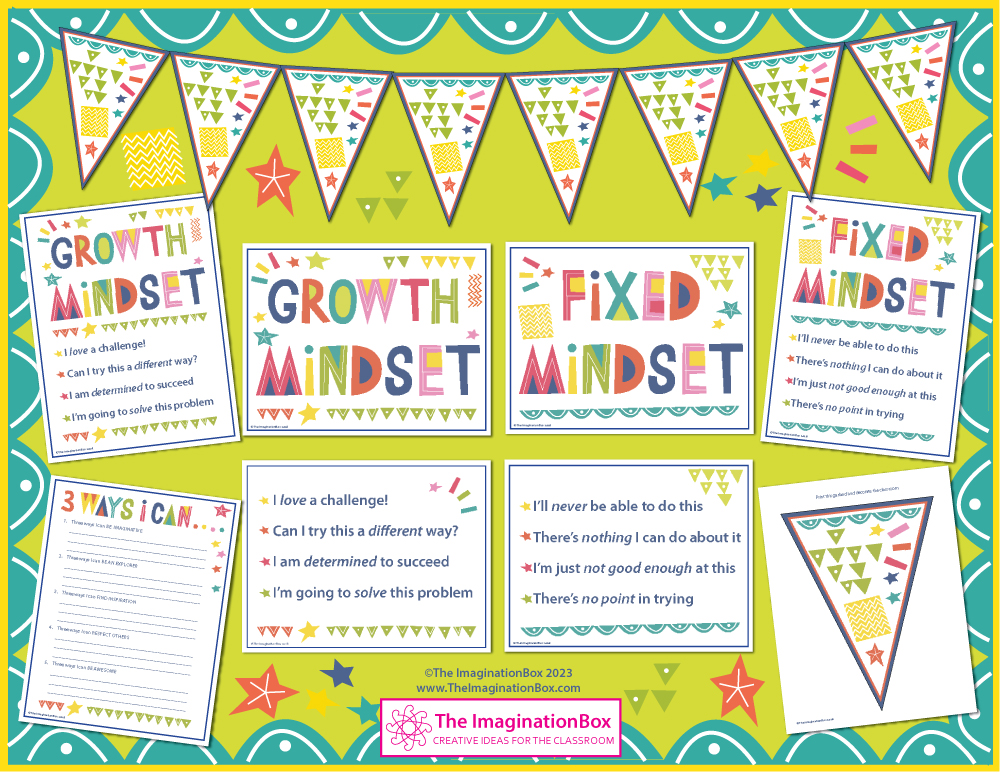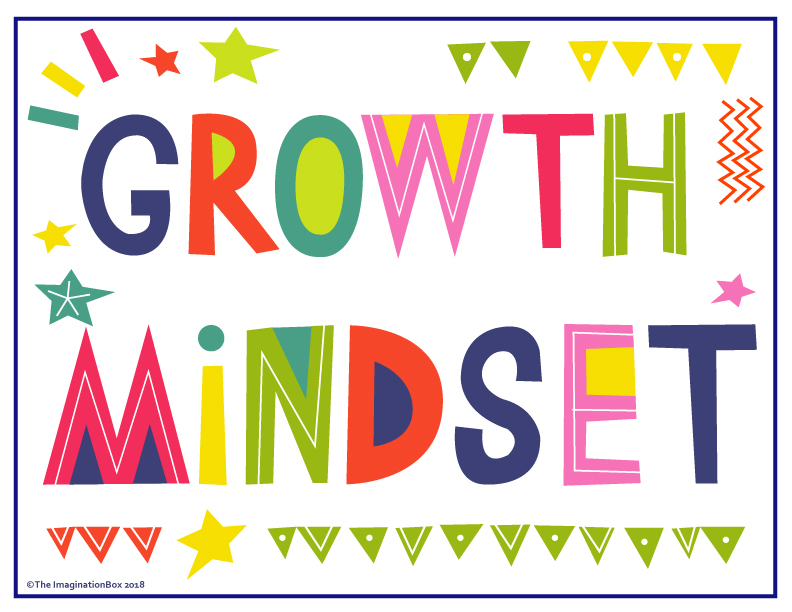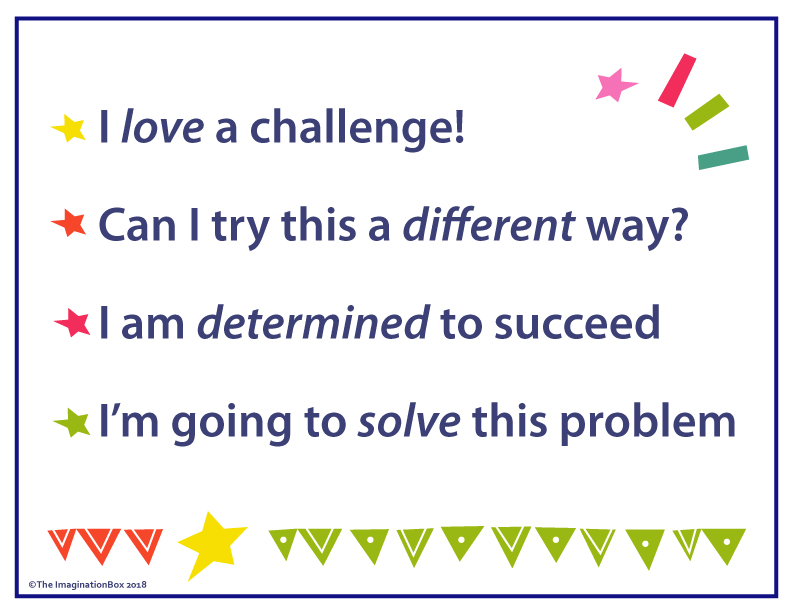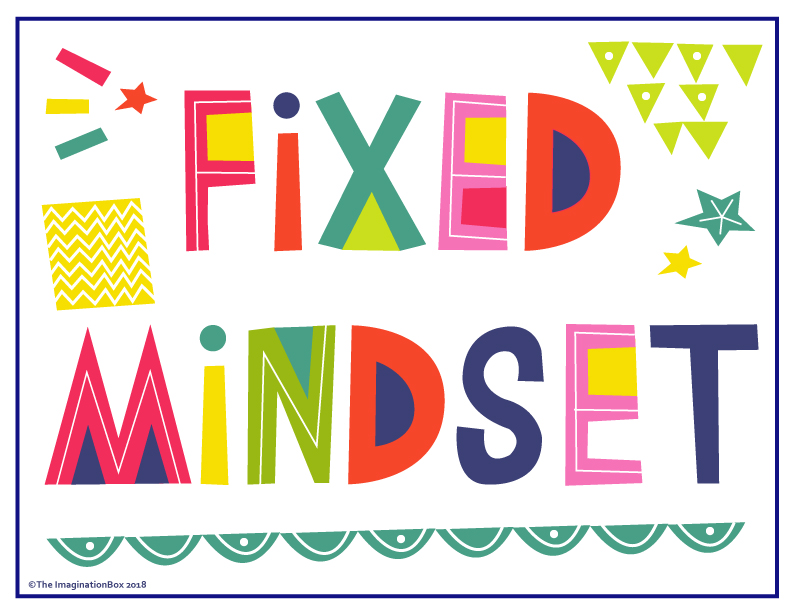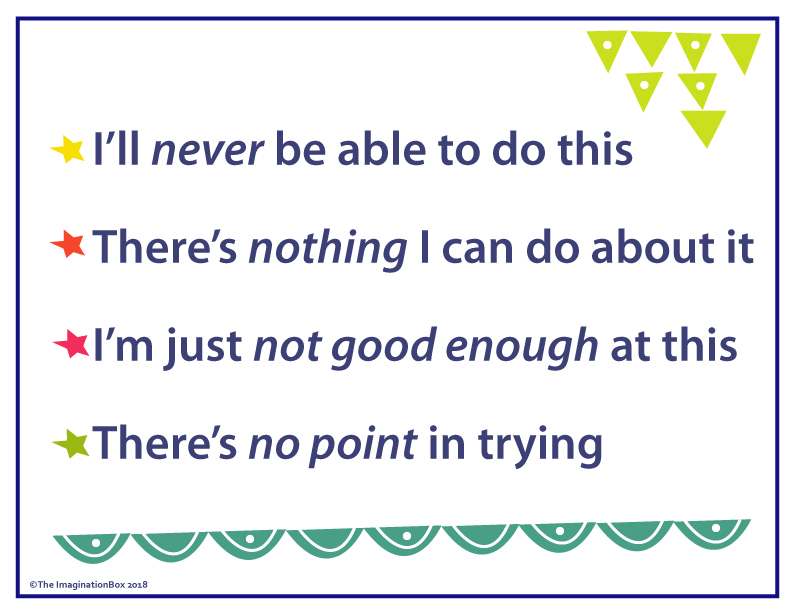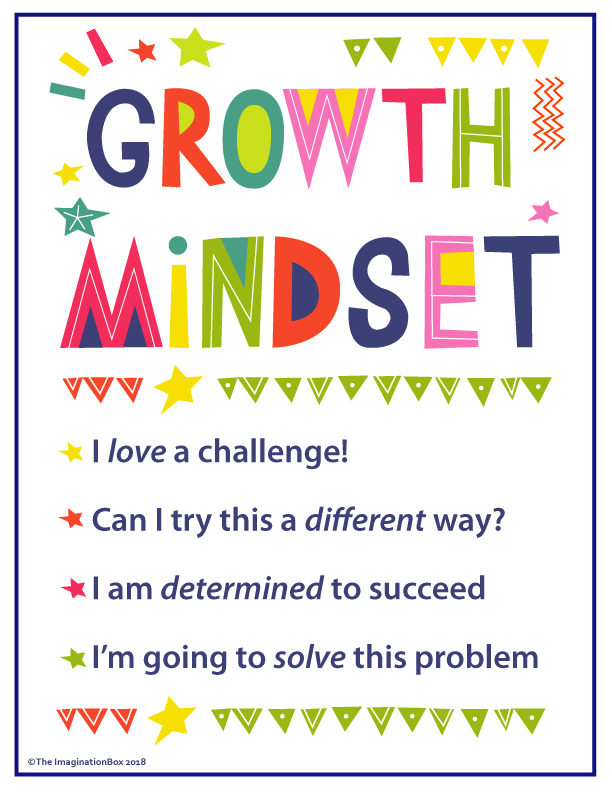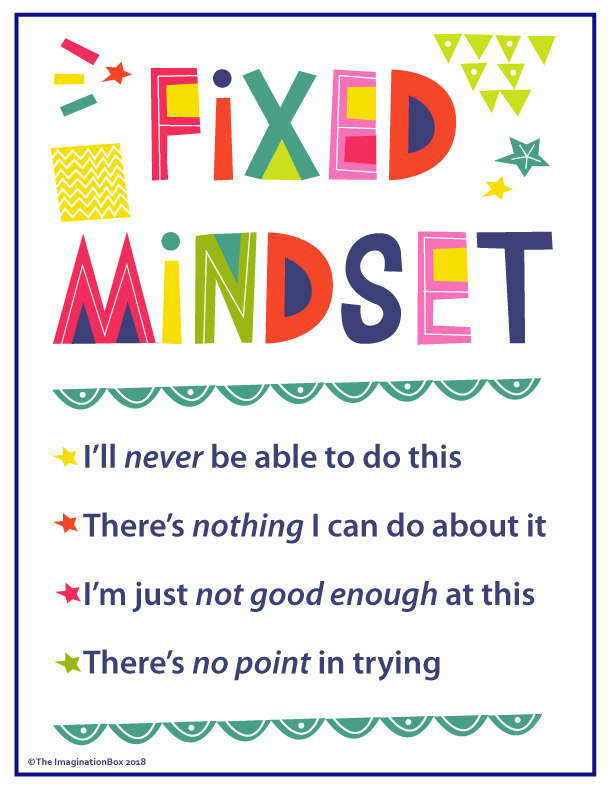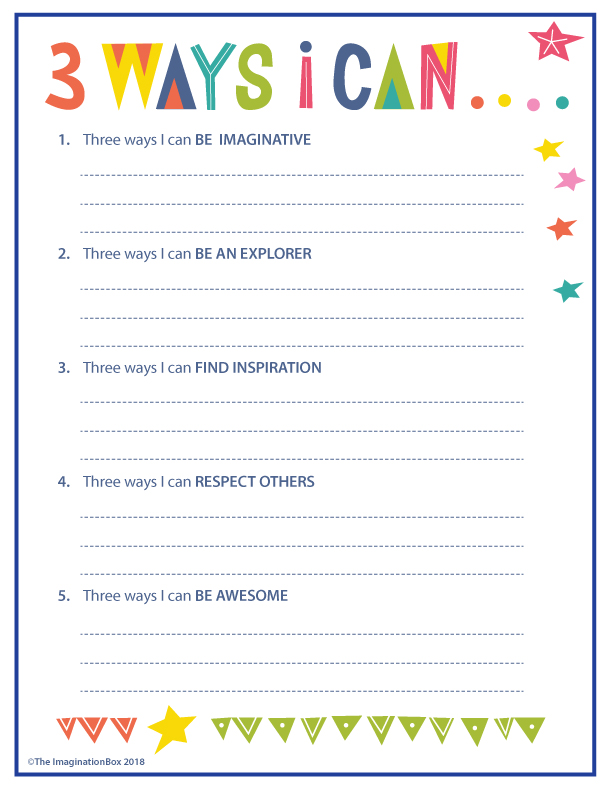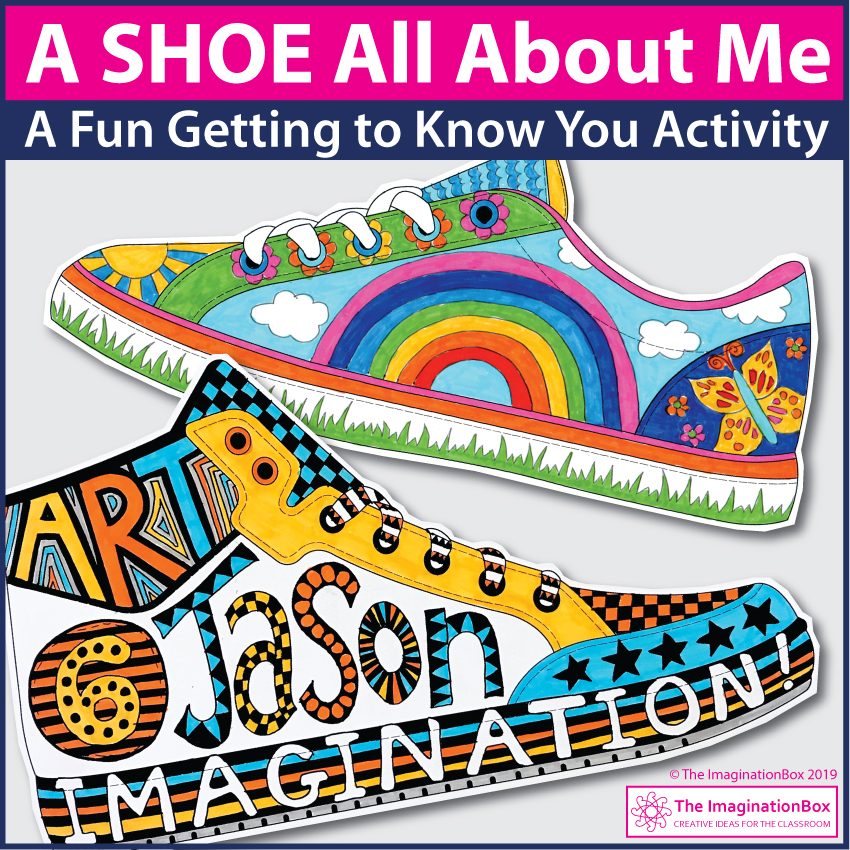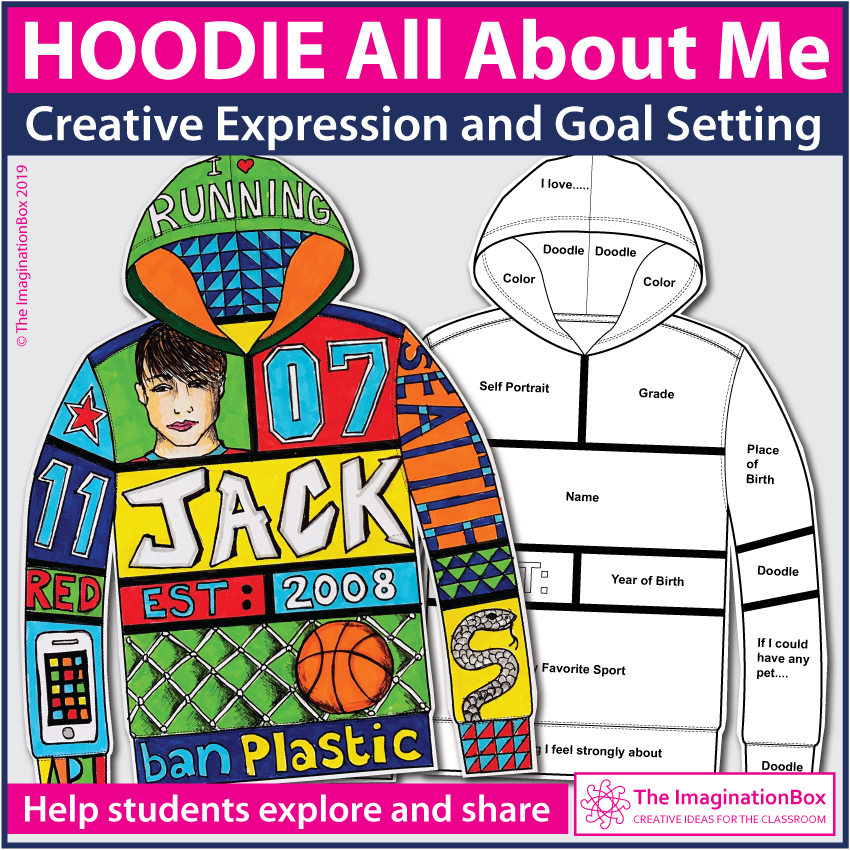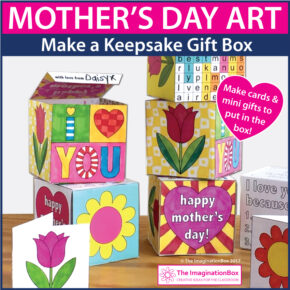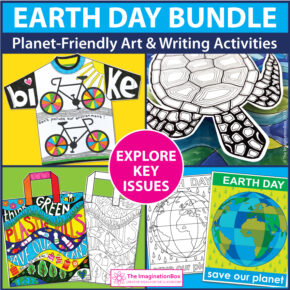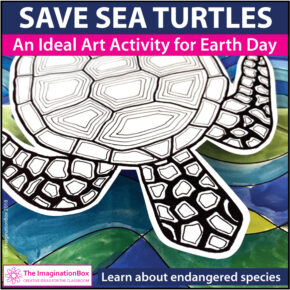Celebrate the Year of The Rabbit 2023 with these engaging Chinese New Year free printables.
Create an exciting Chinese New Year art display to kick off 2023 in your classroom!
Students enjoy completing these free coloring pages and I love to design them 🙂
Read on too, for some fun facts about The Year of the Rabbit, that you might find interesting to share with your students, alongside these art activities.

This no-prep, print-and-go Chinese New Year art activity is ideal for busy upper elementary and middle school teachers. Encourage your students to use their imagination and expand their understanding and use of color.
The challenge is to see if the rabbit silhouette stands out from the background when the coloring page is finished. Click on the images below to download this fun freebie.



What’s included in the Year of the Rabbit freebie?
- Digitally colored posters to display – two colorways for inspiration
- Build color stories to complete the challenge – template and example worksheets are included
- Templates to color – you can choose from 3 options. More confident students can draw their own diagonal lines or rabbit shape if they would like more of a challenge
What materials do I need for this Chinese New Year art activity?
- Print onto heavyweight paper or card stock for best results
- Use marker pens, watercolor paints, oil pastels, crayons or pencils
- You can also experiment with collage and magazine cuttings if you have more time!
How can this resource help me in the classroom?
- Open up a discussion about Chinese New Year
- An experimental art lesson
- A handy sub plan
- A fun Friday afternoon activity
- A brain break from tech
- A lesson about color, shape and line
- Add to a New Year unit
- Build creative confidence
- Create a wonderful classroom display for 2023!
Here are some examples!
You can experiment with solid color, pattern and text to fill the shapes, and see if the rabbit stands out from the background.


More Fun Facts about the Year of the Rabbit!
- Chinese New year 2023, falls on January 22nd, culminating with the Lantern Festival on February 5th
- The celebration period can last up to 16 days, but only 7 days are a public holiday
- The Rabbit is the fourth of the 12 zodiac signs: Rat, Ox, Tiger, Rabbit, Dragon, Snake, Horse, Sheep/Goat/Ram, Monkey, Rooster, Dog, and Pig
- For 2023, the element is Water
- There are 5 elements – Wood, Fire, Earth, Metal/Gold and Water
- So, every 12 years when it is the Year of the Rabbit, a different element is allocated
In 2023 it will be the Water Rabbit - It is believed that the 12 Chinese Zodiac Animals influence people’s personalities, compatibility, marriage, fortune and career
- Recommended careers for those born in the year of the Rabbit include artist, teacher, writer, judge, priest, police, accountant and musician
- Lucky Numbers: 3, 4 & 6 (or combinations of these numbers)
- Lucky Colors: blue, purple, pink and red
- Unlucky numbers: 1,7 & 8
- Unlucky Colors: white, dark yellow & dark brown
- Yin or Yang? it is Yin
- Characteristics include: Gentle, approachable, noble and elegant, quiet, skillful, patient, kind, and alert
What Zodiac Animal are You?
Students can have great fun with their classmates, finding out which animals they are, and reading about their characteristics. Encourage older children to do further research on the internet.
Here’s a handy list of recent years – parents and teachers, you can look up your birth year on google 🙂
- 2005 – Rooster
- 2006 – Dog
- 2007 – Pig
- 2008 – Rat
- 2009 – Ox
- 2010 -Tiger
- 2011 – Rabbit
- 2012 – Dragon
- 2013 – Snake
- 2014 – Horse
- 2015 – Goat
- 2016 – Monkey
- 2017 – Rooster
- 2018 – Dog
- 2019 – Pig
- 2020 – Rat
- 2021 – Ox
- 2022 – Tiger
- 2023 – Rabbit
Famous People Born In The Year Of The Rabbit
- Albert Einstein – Scientist
- Andy Murray – Former Wimbledon champion
- Bob Hope – Actor/entertainer
- Angeline Jolie – Actress, activist
- Ingrid Bergman – Actress
- Tracy Emin – Artist
- Frank Sinatra – Singer/actor
- Mark Hamill – Actor
- Mike Myers – Actor, comedian, screenwriter
- Gordon Brown – Former British Prime Minister
- Garry Kasparov – Champion chess player
- Johnny Depp – Actor and director
- Drew Barrymore – Actress
- David Beckham – British football player
Famous Rabbits – can you think of any more?
- Peter Rabbit
- Bugs Bunny
- Thumper
- Rabbit (from Winnie The Pooh)
- Easter Bunny
- Miffy
- Jessica Rabbit
Some more interesting facts about rabbits
- In the Vietnamese zodiac and the Gurung Zodiac, the rabbit is replaced by the cat
- In the Malay zodiac, it is replaced by the mousedeer
- A binky is a high bunny hop that rabbits do when they are happy!
- The Guinness World record for the longest rabbit was Darius, a Flemish giant rabbit, measuring a whopping 129cm. UK, April 2010
- A young rabbit is sometimes called a bunny or a kitten
- A male rabbit is called a buck
- A female rabbit is called a doe
Did you know pet rabbits are really affectionate?
They love human company and make great pets as they are really affectionate. Each has its own unique personality.
If some of your students have a pet rabbit, it could be fun to invite them to describe their pet to their classmates?
The breeds have wonderful names! Here are a few listed below:
- Harlequin Rabbit
- Rex Rabbit
- Jersey Wooly Rabbit
- Mini Lop Rabbit
- Chinchilla Rabbit
- Lionhead Rabbit
- Californian Rabbit
- Himalayan Rabbit
- Havana Rabbit
- Florida White Rabbit
I hope you find these facts and the Chinese New Year free printable art activity helpful in your classroom or homeschool room. Tag me on Instagram @theimaginationbox with your artwork, I’d love to see all the amazing rabbits! 🐇
Looking for more Chinese New Year Art Activities?


Want to hear more from The Imagination Box?
Sign up to my newsletter, for freebies, offers and creative ideas for kids straight to your inbox and you will get to download this cool 22 page printable ‘Watch About Me’ activity for FREE!
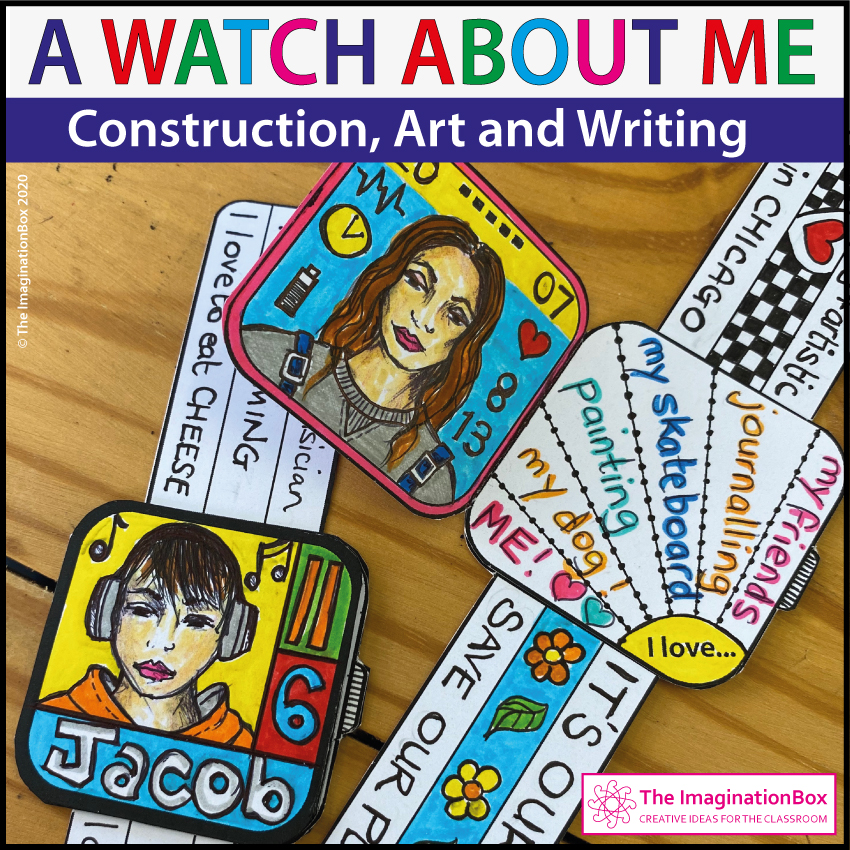
Browse at The Imagination Box
Chinese New Year Art and Writing
Valentine’s Day Art and Writing
